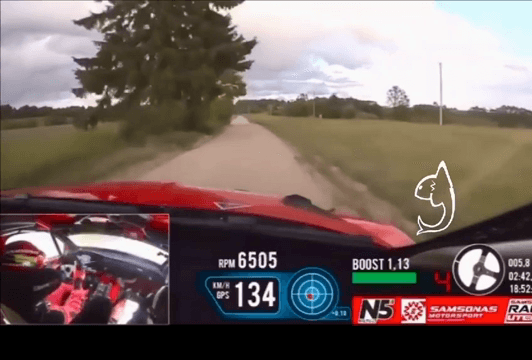
Quail Hunting in Utah Do You Hunt Western Quail? If you own a good pair of running shoes — or better yet, a trained hunting dog — hunting Gambel’s quail in southwestern Utah might be a fun adventure this fall. Population Estimates, Where to Hunt Utah’s quail hunt opened Nov. 3. The number of Gambel’s quail has dipped a bit this year, but decent numbers of birds should still be available. You can hunt both Gambel’s and California quail until Dec. 31. (Utah is also home to a small population of scaled quail, but hunting for them is not allowed.) Jason Robinson, upland game coordinator for the Division of Wildlife Resources, says opportunities to hunt California quail in Utah are limited: most California quail are found in Duchesne and Uintah counties on land that’s either privately owned or part of the Ute Indian Reservation. (If you decide to hunt California quail, look for them in river bottoms that have Buffalo berry and Russian olive trees in them.) Hunting Gambel’s quail is differen
Post: 6 July 22:06













































